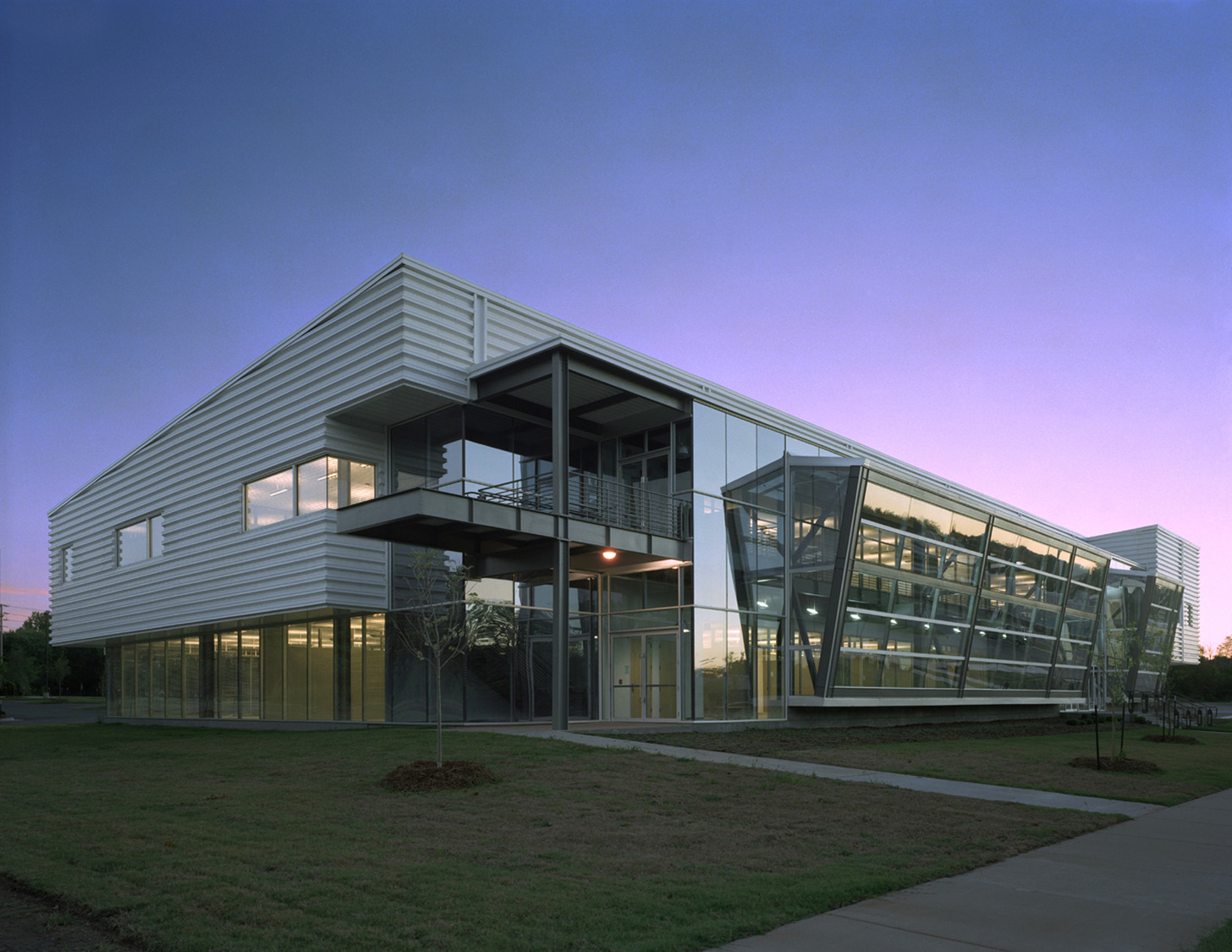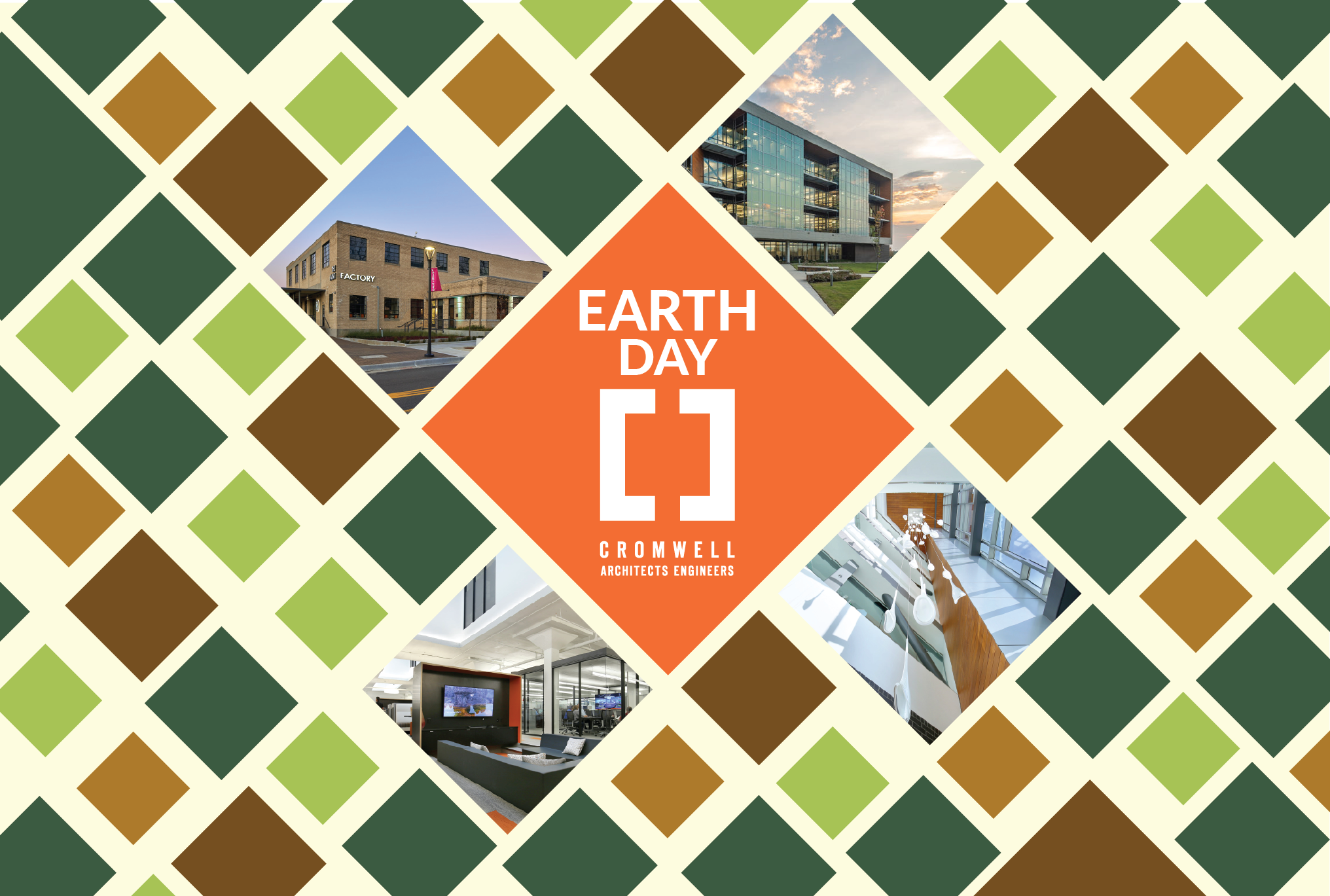Sustainable and energy-efficient design continues to be a focus point for the firm. As we celebrate Earth Day 2025, it is a great time to pause and reflect on the progress Cromwell has made and continues to have on sustainable design practices.
Cromwell believes that building “green” is building smart. Green building concepts are coordinated through our Leadership in Energy and Environmental Design (LEED) accredited professionals to ensure the design and implementation of sustainable criteria as directed and requested by our clients. Our goal, through the design of green buildings, is to develop environmentally-responsible, healthy, and economically-feasible projects for our clients. Cromwell has been a leader in pursuing sustainable design in the state of Arkansas and beyond, having completed the University of Arkansas Innovation Center, the first LEED-certified building in the state, in 2004.

Since then, Cromwell’s dedication to environmentally considerate design has not stalled – with multiple projects being awarded LEED certifications ranging from certified to platinum. Cromwell also was recently named the 2019 U.S. Green Building Council’s (USGBC) Arkansas Organization of the Year. This status is backed with numerous LEED Accredited Professionals on staff.
Our extensive team of LEED professionals have developed over 100 projects, one of which we are most proud is our Little Rock Headquarters. Completed in 2019, the building became LEED-certified Platinum in 2020 providing a clean and comfortable workspace for employees and pursuing a greener environment for the surrounding community.
Originally the Stebbins and Roberts building, the site is now home to Cromwell’s headquarters. Some of the sustainability features that the building offers are an underfloor air distribution system, a solar hot water system with recirculation, high-efficiency LED illumination, and a daylight harvesting system. Notably, the building also features the first solar skylights and pollution-reducing roof in the state of Arkansas.

Moving forward Cromwell continues their dedication to improving its sustainable design practices. Some examples of this are the use of enhanced data collection tools for energy usage analysis, and the use of native plants for landscaping to reduce water consumption. Cromwell is also dedicated to prioritizing the use of locally sourced, recycled, or low-emission materials whenever possible to reduce our environmental footprint.
With our past, and future achievements and advancements in sustainable design practices our continued mission is to build a greener, more sustainable future one project at a time.
Written with contributions from Tammy Siler, Hamoudi James, and Ryan Bolduc




